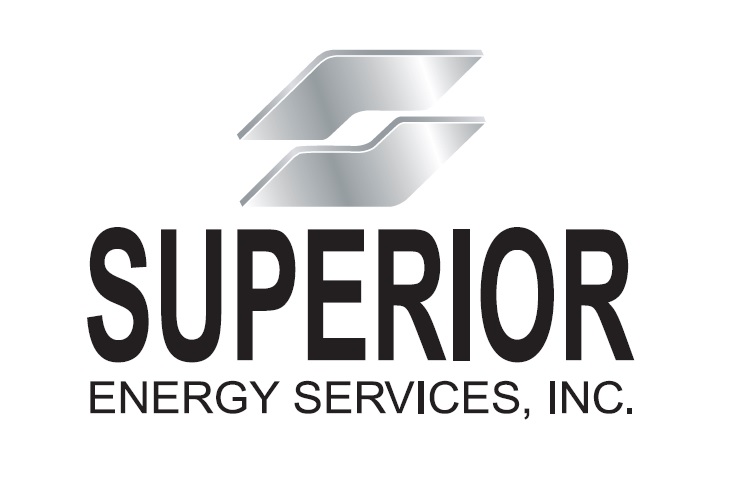NYC-based PIRA Energy Group believes that Brent crude prices likely to be poised to move back higher. On the week, U.S. product stocks declined, while in Japan crude stocks jumped. Specifically, PIRA’s analysis of the oil market fundamentals has revealed the following:
Brent Crude Prices Likely To Be Poised To Move Back Higher
Brent crude prices have moved into the lower half of their recent trading range but are likely to be poised to move back higher as refiners return from maintenance. U.S. Gulf crudes are currently weaker compared to Brent with building U.S. inventories but should improve relatively over the next month. Atlantic Basin distillate cracks are firm and should strengthen further for another month with tight inventories in the Atlantic Basin in general despite large imports arriving into Europe. Gasoline cracks will stay seasonally weak. Refining margins in the U.S. are healthy with advantaged crude pricing but margins in Europe will stay thin.
Another Huge U.S. Product Inventory Decline
Continued strong product demand combined with an extraordinary decline in product output, namely gasoline, pulled product inventories down for the week ending November 1, the largest product stock decline of the year. The weekly gasoline output decline was largely due to a DOE adjustment of inventory from finished to blending components. Total commercial stocks fell as the crude inventory increase moderated. With crude runs set to move substantially higher, crude stock increases should disappear, and we are expecting a flat profile next week, although Cushing crude stocks build again.
Japanese Crude Stocks Jump on Higher Imports
Crude imports took a big jump on the week, which led to a large crude stock build despite higher runs. On the product side, gasoil stocks drew to another record low, with a big pickup in incremental exports. Kerosene demand was surprisingly strong for this time of year, and stocks drew for the second straight week.
Rising Crude Stocks Weaken U.S. Prices
Rising crude stocks in Canada, West Texas and the Gulf Coast weakened prices in those markets and began spilling over into Cushing – currently the strongest region, on a relative basis. North American Midcontinent crude prices have dropped sharply relative to global benchmarks, and have all moved into contango. With southern markets now reconnected, Cushing can't get strong until the Gulf Coast gets strong.
Lower Gasoline Prices Push U.S. Vehicle Sales Towards Light Trucks
Lower gasoline prices are not only helping to sustain the recovery in U.S. light vehicle sales, but have also helped boost the market share of light truck sales, which should have positive implications for gasoline demand growth. U.S. light vehicle sales for October were released last week and they showed resilience against the impact of the government shutdown and continued below trend growth in disposable income.
U.S. Alternative Fueled Vehicles Slow to Gain Traction
October U.S. light vehicle sales indicate purchases of hybrids, electrics, and diesels continue to languish as fuel prices have eased. Market shares remain low, but appear consistent at this point with PIRA's penetration assumptions used post 2014. The biggest category of alternative vehicle sales remains hybrids with 33,565 sold in October 2013, a gain of only 0.8% versus last year and lagging overall vehicle sales growth of 10.5%.
Saudi Formula Crude Prices for December Show No Breaks for Asian Refiners
Saudi’s formula prices for December were recently released. In Asia, differentials were raised for all crudes other than Arab Heavy which was left unchanged. This follows a lowering on light grades in November with a range of $0.20 (Arab Light) to $1.30/Bbl (Super Light). Heavier grades in November were raised. Asian margins have been soft, but runs will rise in November and December. The December tightening of terms came in more aggressively than a recent small survey of Asian refiners had been expecting.
Modest Indian Oil Demand Growth Is Expected, Provided Macro Stability Continues
The Indian economy has recently faced a triple-whammy of a falling currency, accelerating inflation, and weakening growth. The currency situation has made oil imports more costly, and this has contributed to a recent slowing in oil demand growth. With a new central bank governor firmly in charge and U.S. Fed’s monetary stimulus continuing for now, the economic situation is starting to look better. Oil demand should begin to see improvements, as long as the macro stability continues.
Both Near-Term and Longer Price Risks For Natural Gas Are Biased to the Downside
Both near-term and longer-price risks for global oil and North American natural gas are biased to the downside. In the case of oil, the potential for volume recovery in MENA coupled with an upside for shale production in Permian and elsewhere are key bearish factors. With regard to North American gas, strong growth in Marcellus is likely to further accelerate as infrastructure is added.
Positive U.S. Employment Shocker Changes Outlook for Growth and Monetary Policy
The most important take away from this week’s data was that U.S. employment growth is now clearly strengthening. This is very positive for the short-term outlook, as employment gains are basically synonymous with economic growth. It also has major implications for monetary policy.
Financial Stresses Continue to Ease and Remain Low
The European Central Bank (ECB) cut key interest rates this past week, somewhat unexpectedly, and the Euro sold off against the U.S. dollar. It remains to be seen if the rate cut will impact the trajectory of the ECB balance sheet which has been showing a steady decline and had been reinforcing a strengthening Euro versus the U.S. dollar. European yield spreads have trended lower and key CDS quotes remain very low (bottom quartile), with several hitting new lows. Gold broke below $1,300/oz.
Global Equities Mixed
U.S. markets were mostly higher on the week with the growth indicator strongly outperforming the defensive indicator on the back of a strong employment report and better than expected GDP for 3Q. Banking and materials were the best performers. Internationally most of the tracking indices fell back with Latin America posting the poorest performance. Brazil and Mexico showed sizeable declines on the week, but Argentina was higher.
U.S. Economy Continues to Display Good Growth
The U.S. economy is broadly displaying good growth on a host of fronts. The most recent GDP statistics for 3Q were stronger than expected at 2.8%, annualized, with all sectors contributing to growth. PIRA conservatively estimates 2013 GDP growth to be 1.7%, and 2014 at 2.5%. The ISM for October, both overall and new orders, moved modestly higher and clearly remains in a strong expansion mode. The Chicago PMI for October was very strong.
Tanker Operator’s Hopes Have Been Buoyed Recently
Tanker operator’s hopes have been buoyed recently by a sharp upturn in crude tanker rates. Historically, tanker rates over the last two months of the year are the seasonally strongest, and this seems to be playing out this year. VLCC rates have risen to the highest levels since November 2012, supported by the end of the Far East refinery maintenance period and record levels of Chinese imports. Western fixtures are also high in November as term contract formula prices for Saudi, Kuwaiti and other Mideast grades, which are indexed to U.S. domestic sour crudes, are more than $10.00 per barrel below those for shipments to Europe and Asia.
U.S. Propane Market to Stay Tight
Propane continues to lead the way for the U.S. NGL complex. The midcontinent is still in dire need of material to dry the record corn crop, just as winter conditions are approaching. Exports will remain quite high all through this year and beyond, keeping inventories relatively low.
Ethanol Values Tumble
U.S. ethanol prices decreased to a three-year low during the week ending November 1 due to higher output and lower corn costs. Falling gasoline values were also a drag on the market.
Ethanol Output Falls/ Inventories Rise
U.S. ethanol production fell to 902 MB/D the week ending November 1, dropping from an annual high of 911 MB/D in the preceding week. Inventories rose by 204 thousand barrels to 15.2 million barrels from a four-year low of 15.0 million barrels.
The information above is part of PIRA Energy Group's weekly Energy Market Recap, which alerts readers to PIRA’s current analysis of energy markets around the world as well as the key economic and political factors driving those markets.
Click here for additional information on PIRA’s global energy commodity market research services.
.


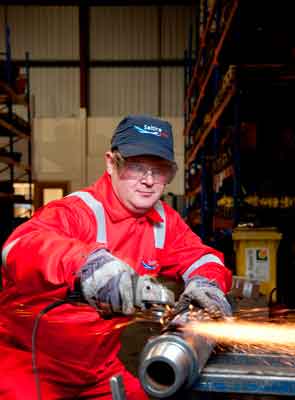 Saltire Energy,
Saltire Energy, Petrobras
Petrobras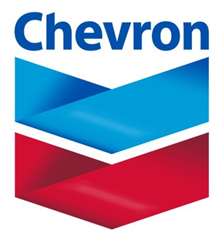 Chevron Corporation
Chevron Corporation NYC-based
NYC-based 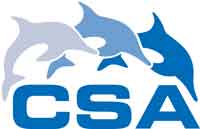 CSA Ocean Sciences Inc.
CSA Ocean Sciences Inc. The Bureau of Ocean Energy Management (BOEM) has announced that the public comment period on the recently released Call for Information and Nominations on Proposed Chukchi Sea Oil and Gas Sale 237 will be extended to Dec. 3, 2013.
The Bureau of Ocean Energy Management (BOEM) has announced that the public comment period on the recently released Call for Information and Nominations on Proposed Chukchi Sea Oil and Gas Sale 237 will be extended to Dec. 3, 2013.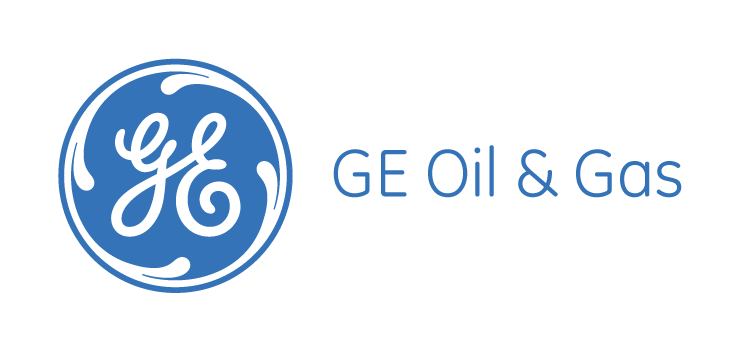 • Indonesia Vice Minister of Energy and Mineral Resources Praises Economic Benefit of New Facility
• Indonesia Vice Minister of Energy and Mineral Resources Praises Economic Benefit of New Facility ABB,
ABB,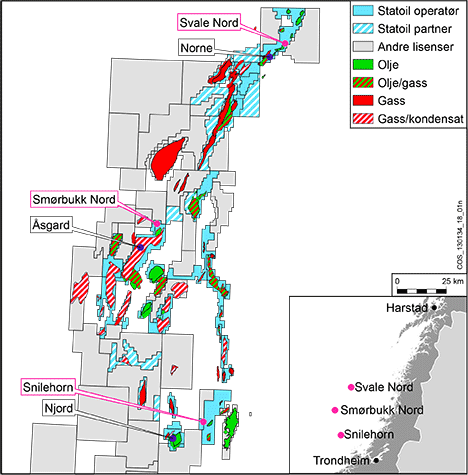 Statoil
Statoil 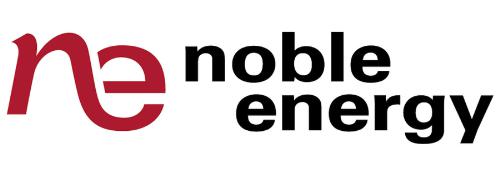 Noble Energy, Inc.
Noble Energy, Inc. 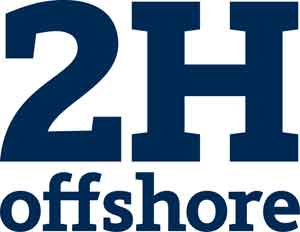
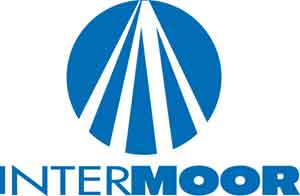 Acteon companies,
Acteon companies, 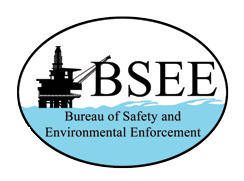 The Bureau of Safety and Environmental Enforcement (BSEE)
The Bureau of Safety and Environmental Enforcement (BSEE)
